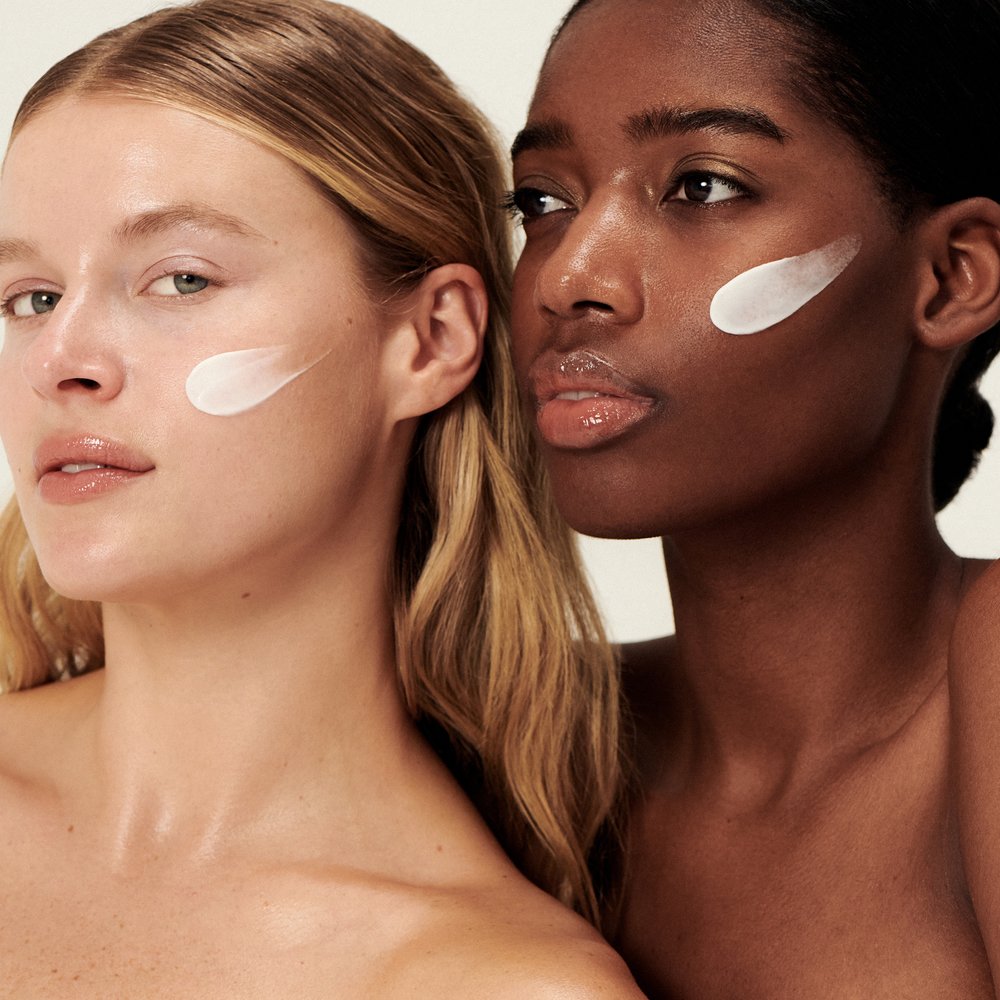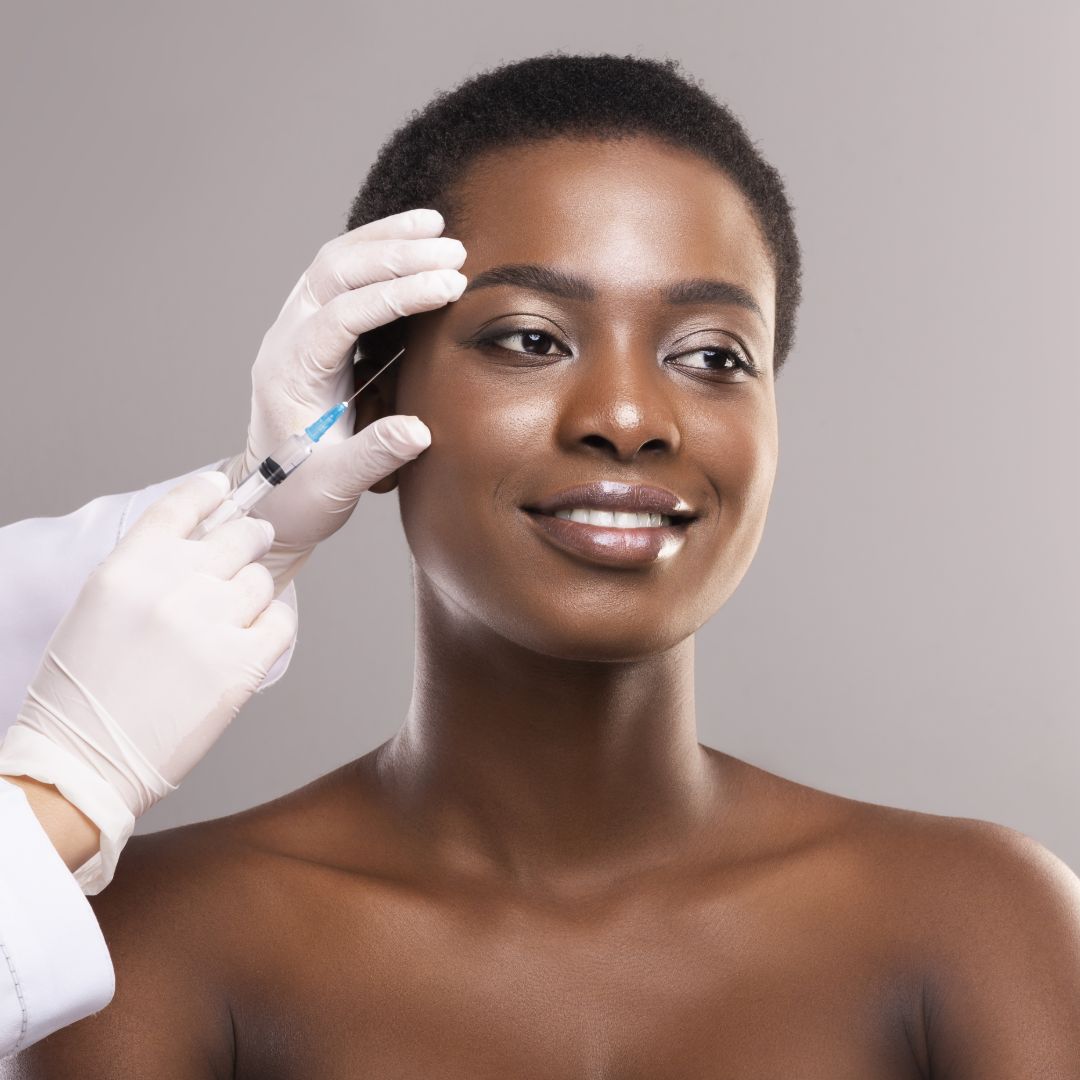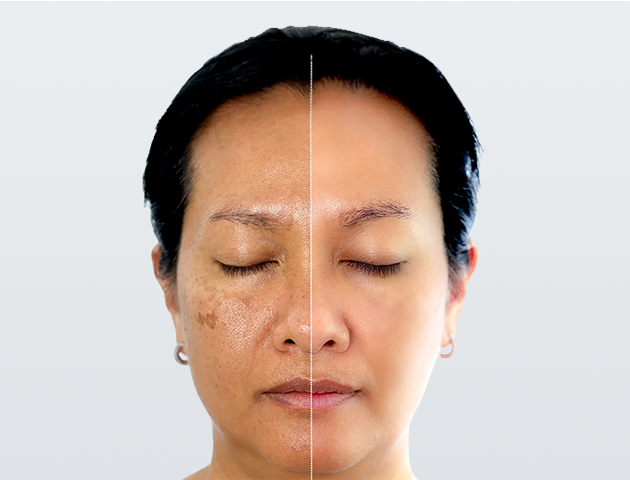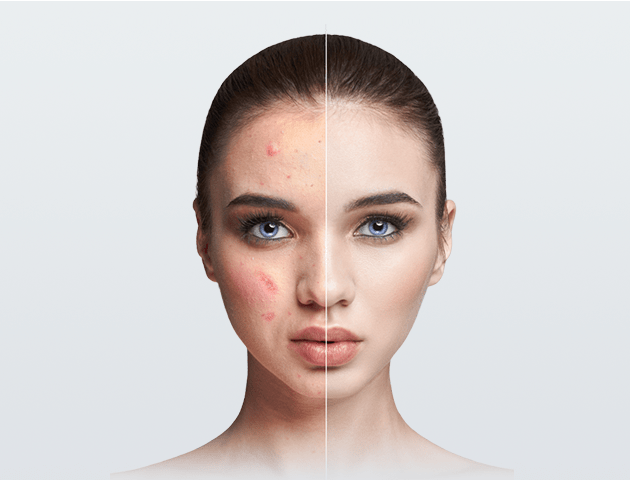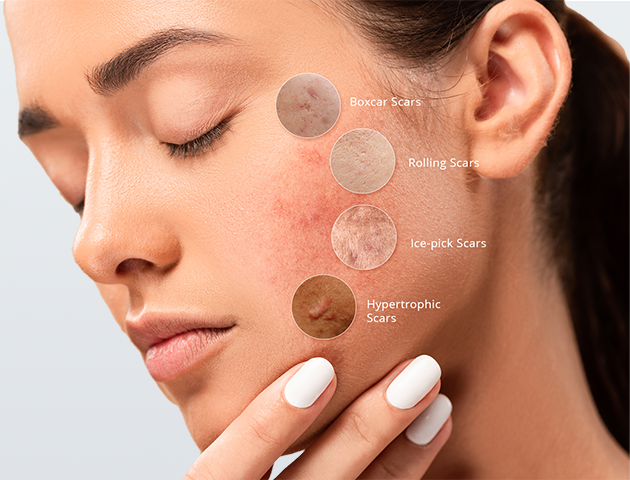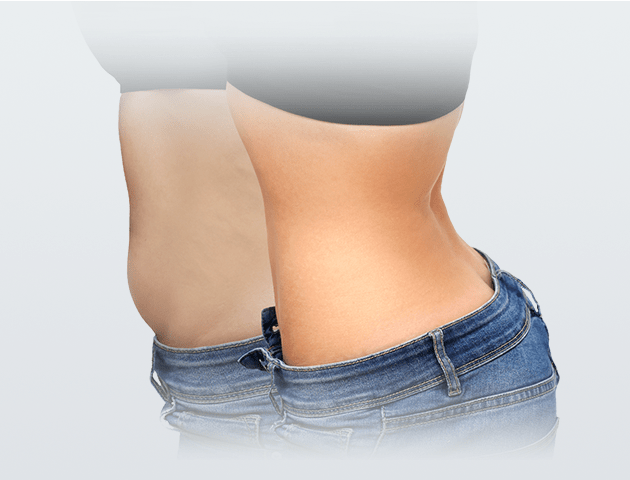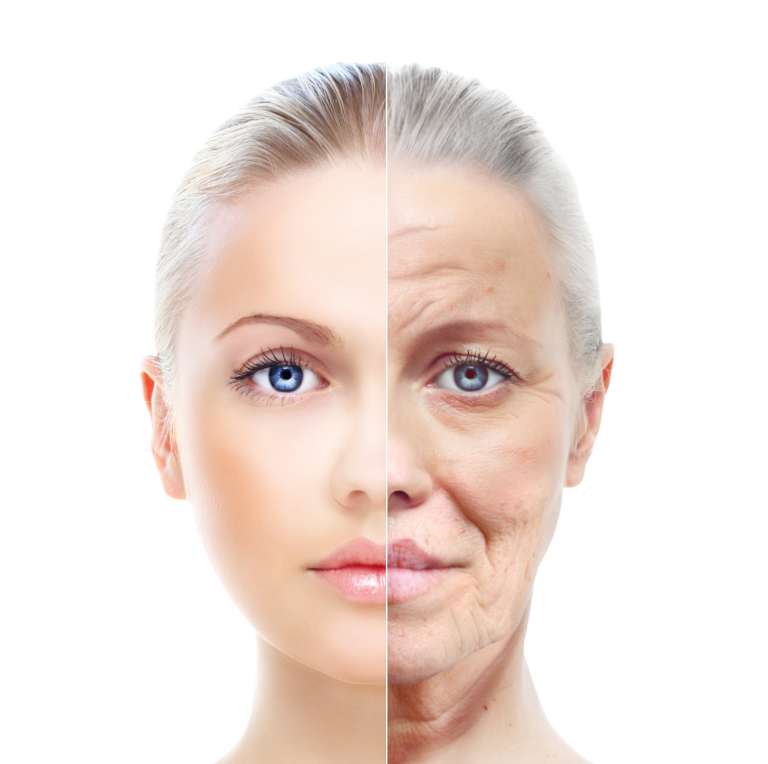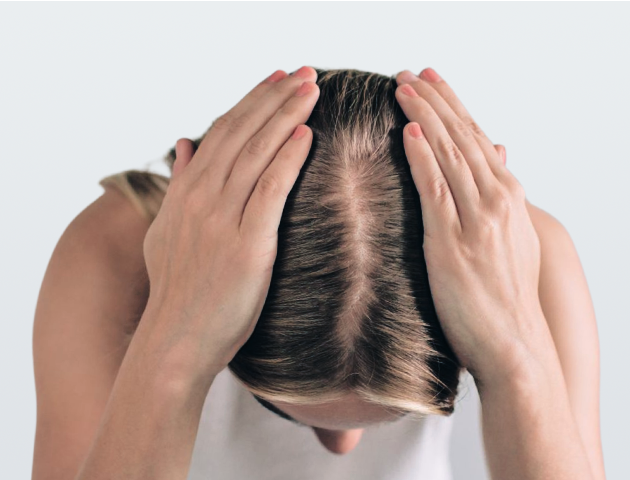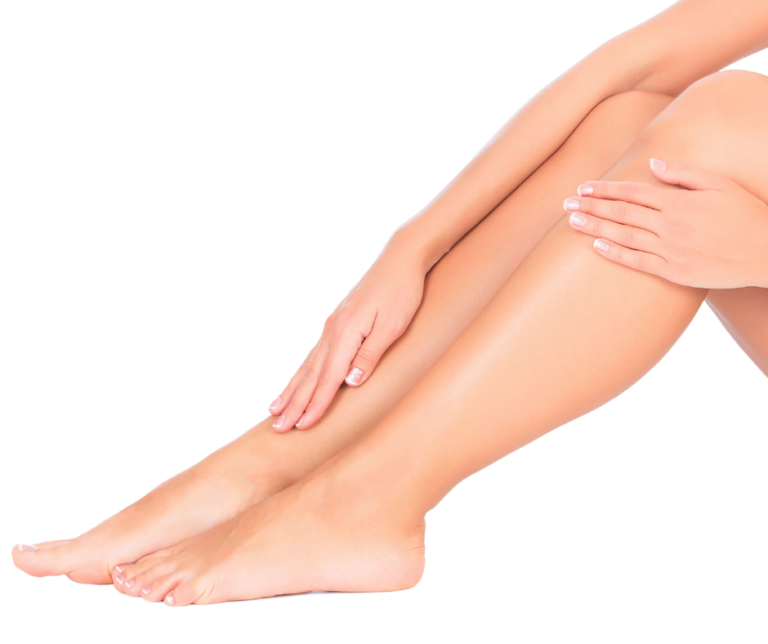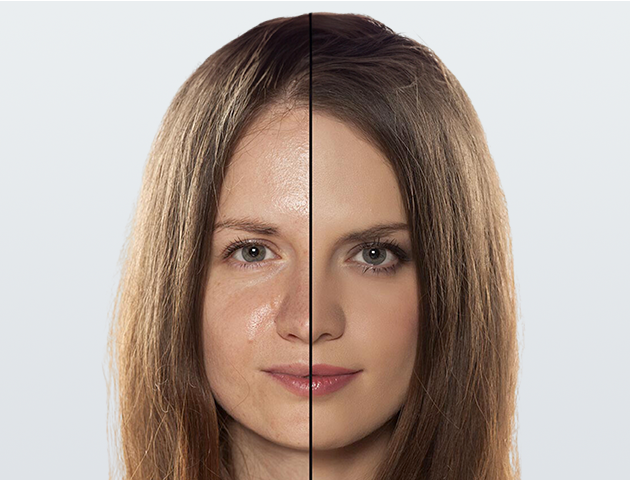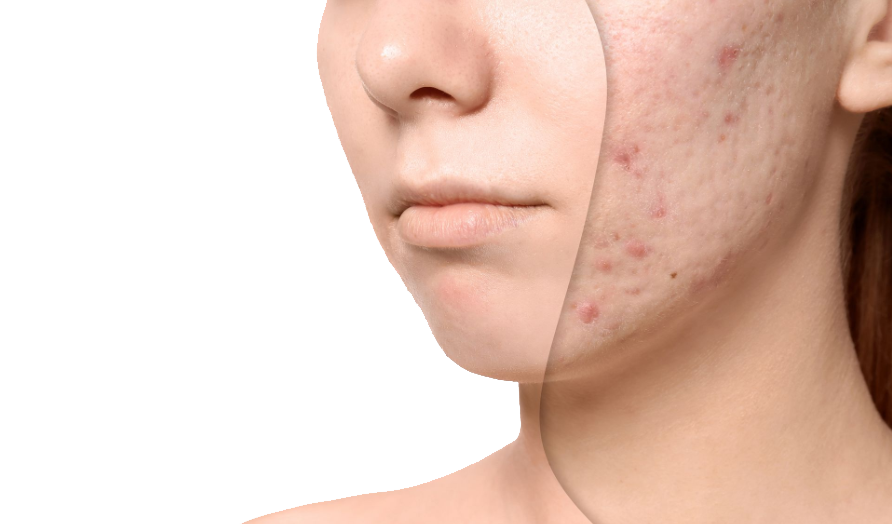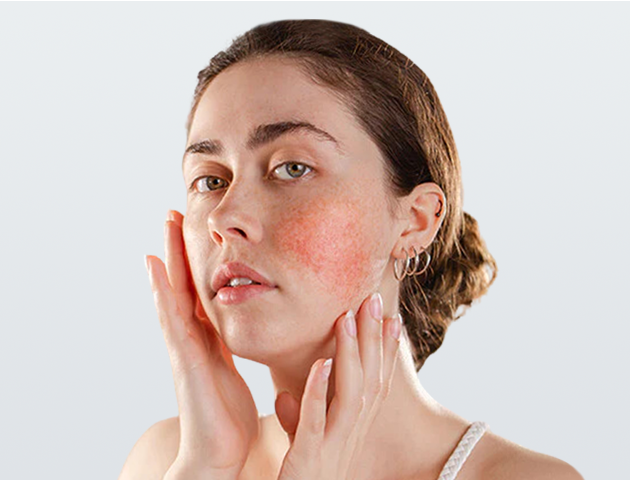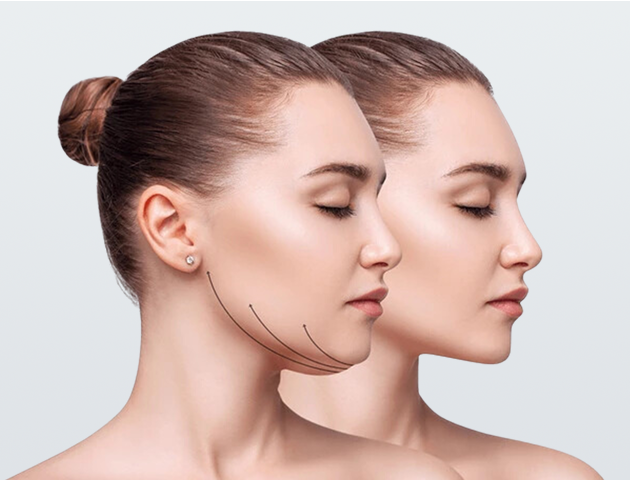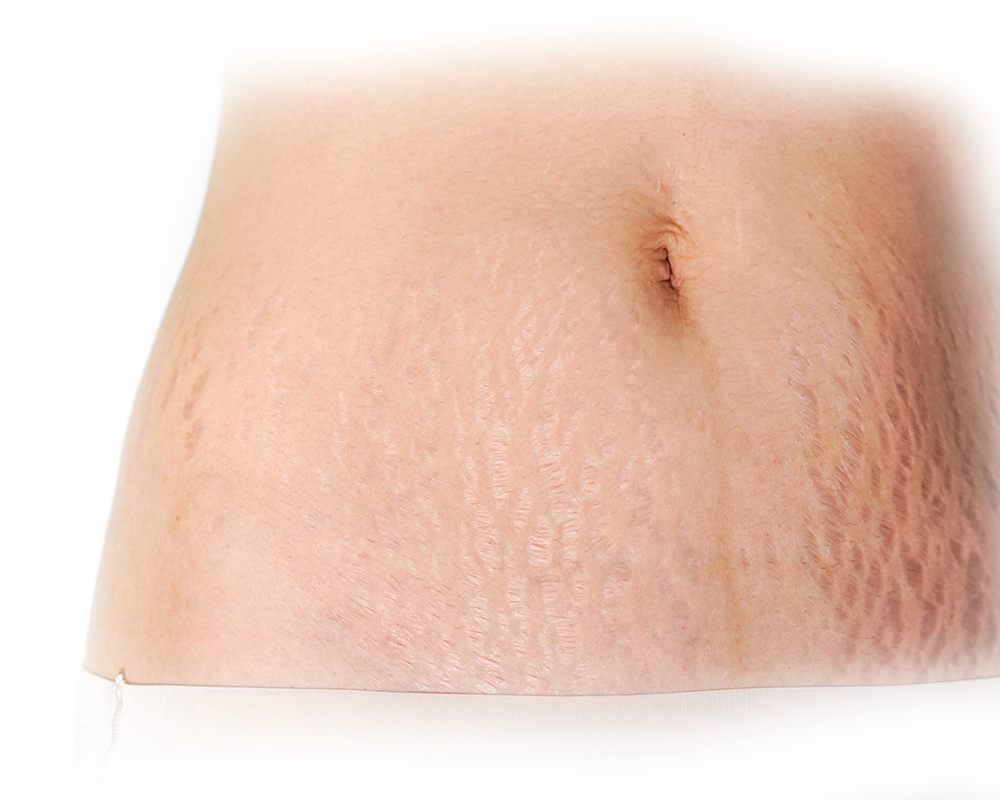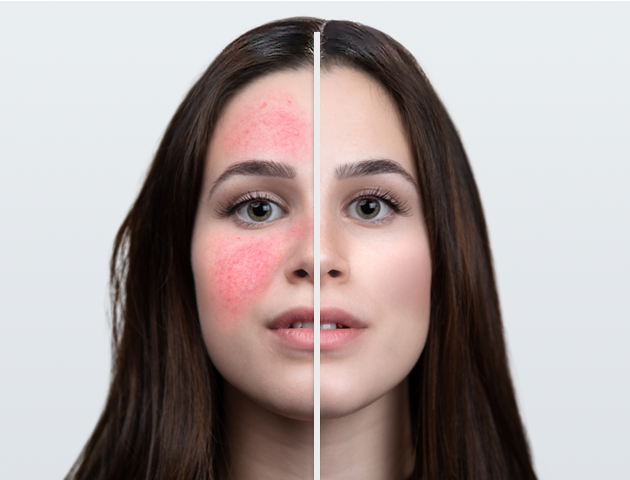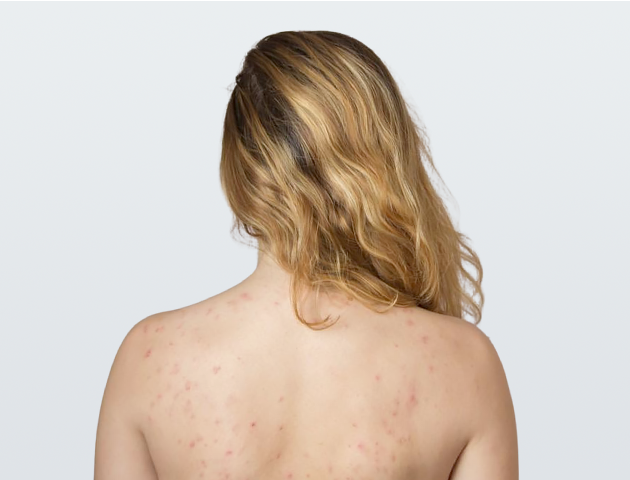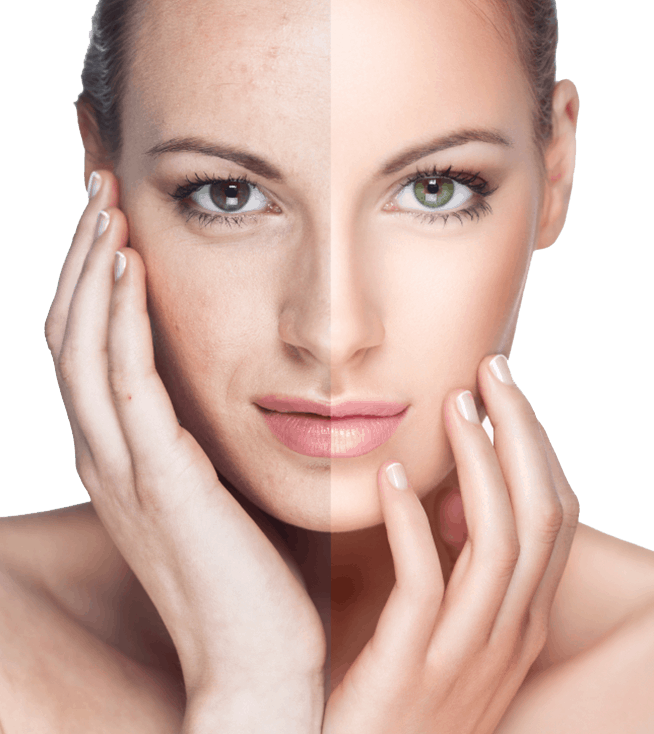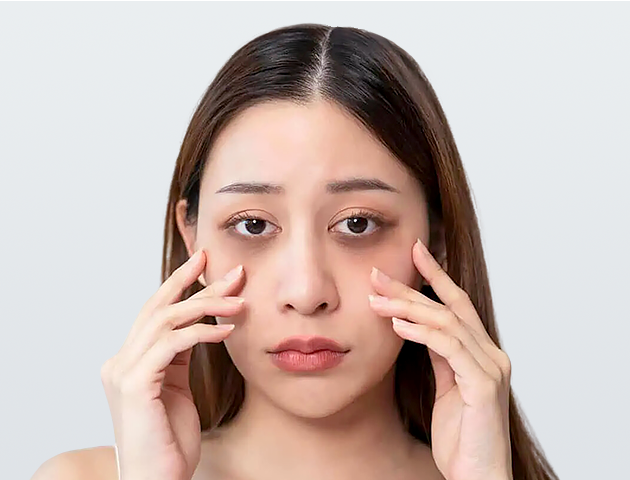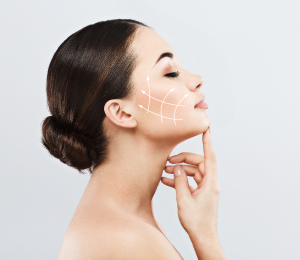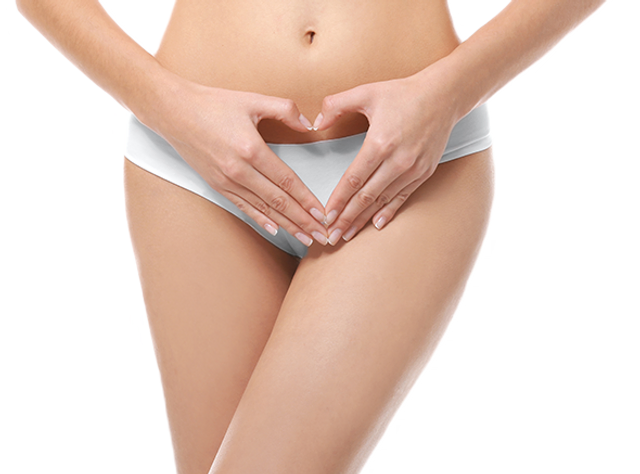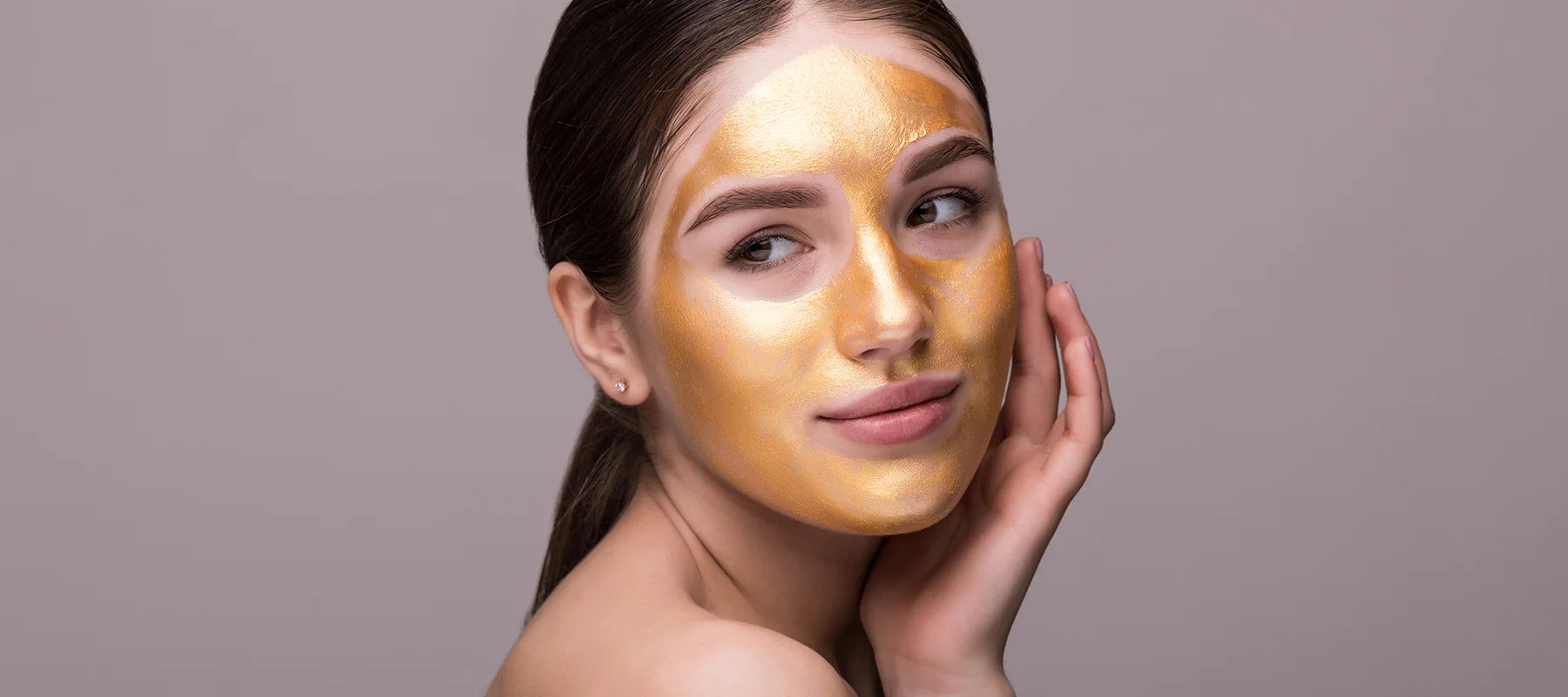
As if having acne isn’t punishment enough… after the blemishes fade, skin can be left tell-tale signs of your recent outbreak—- discolored and pitted scars that are hard to hide. They don’t appear from just picking at your face; they form because of inflammation in the skin whenever you get red and irritated acne. Nothing can totally return your skin to its perfect prior state, but there are treatments that can significantly reduce the look of scars.
#1 ROUGH
If your skin is rough from cystic acne, consider fractional lasers.
Fractional lasers such as Fraxel Dual have been shown to improve the appearance of uneven skin texture and pitted scars. The great thing about fractional lasers is that they are more forgiving on skin types IV and V such as Asian skins, unlike traditional resurfacing lasers. This gives new hope for Asians who are suffering from pitted acne scars. Fractionated lasers can boost collagen production with less downtime. The collagen growth can help rejuvenate skin and improve scars.
The two major types of scars are rolling hill (undulations in the skin where the skin is depressed) and ice-pick scars (deep narrow scars) show improvements after 6-8 sessions of fractional lasers. For added results, some dermatologists are adding subcision to the laser treatments. Subcision involves using a needle with a tiny blade under the skin to break off bands that may be tethering the scars down. Releasing these bands in conjunction with laser therapy is a useful combination for treating acne scars.
#2 RED or BROWN
If your skin has brown or red discoloration, topical ingredients may help. Azelaic acid is one ingredient that has been shown to improve both redness as well as brown discolouration over time. Other ingredients that can help improve pigmentation include tranexamic acid and ascorbic acid (vitamin C).
For severe redness left behind by your acne onslaught, a pulsed dye laser called Vbeam is the gold standard treatment. Studies have shown that pulsed dye laser is effective in clearing redness and flushing, with results being cumulative over time. Depending on your condition, a series of 4 to 6 sessions may be warranted.
LED Red light photobiomodulation is also useful to promote skin healing, minimizing residual redness and pigmentation left behind after inflammatory acne. In fact, acne sufferers who undergo regular LED photobiomodulation therapy are likely to find improvements in rate of healing of their skin and better outcomes after their acne has cleared.
Lastly, always use a non-comedogenic broad spectrum SPF on your skin to ensure your skin discolouration is not aggravated with further light exposure. This will give you the best chance to achieve a clear and even complexion.
#3 DEPRESSIONS
if you are depressed about depressions on your skin left behind by acne or chicken pox, one clever way to camouflage this is through the use of natural fillers. Natural fillers made from hyaluronic acid can help to plump up depressed areas of your skin. When used judiciously it can give nice results in one session. As these fillers are temporary, they may disappear after 8 months to a year. For more permanent results, consider using your own fat in a procedure called fat transfer. However, fat transfer tends to be a costlier procedure and may involve more downtime than fillers.
#4 BUMPY
If your skin is bumpy and uneven, smooth it out with a monthly glycolic acid peel.
Certain types of acne can lead to noticeable scars and uneven, bumpy skin. These scars, which are caused by excess tissue production, result in raised tissue where the blemish was. Regular peels can help even out the skin as well as speed up cell turnover, which can give skin a nice flawless finish.
If monthly peels are out, then consider using a daily serum containing glycolic acid. Over time, it can help improve your overall skin tone and lessen comedones as well.

